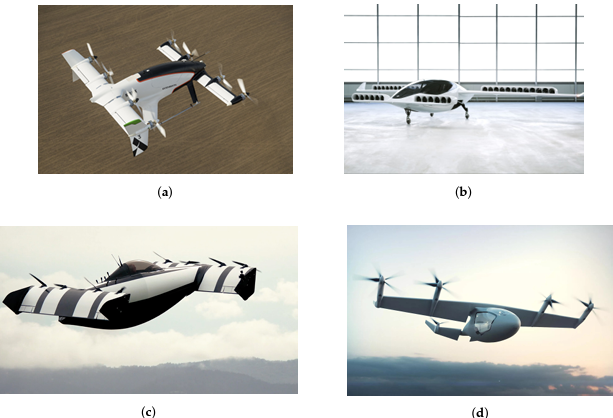ENERGIES 2020, 13(16), 4157
Pedro Alves, Miguel Silvestre, Pedro Gamboa (doi;10.1615/InterJEnerCleanEnv.2022044414)
The race for speed ruled the early Jet Age on aviation. Aircraft manufacturers chased faster and faster planes in a fight for pride and capability. In the early 1970s, dreams were that the future would be supersonic, but fuel economy and unacceptable noise levels made that era never happen. After the 1973 oil crisis, the paradigm changed. The average cruise speed on newly developed aircraft started to decrease in exchange for improvements in many other performance parameters. At the same pace, the airliner’s power-plants are evolving to look more like a ducted turboprop, and less like a pure jet engine as the pursuit for the higher bypass ratios continues. However, since the birth of jet aircraft, the propeller-driven plane has lost its dominant place, associated with the idea that going back to propeller-driven airplanes, and what it represents in terms of modernity and security, has started a propeller avoidance phenomenon with travelers and thus with airlines. Today, even with the modest research effort since the 1980s, advanced propellers are getting efficiencies closer to jet-powered engines at their contemporary typical cruise speeds. This paper gives a brief overview of the performance trends in aviation since the last century. Comparison examples between aircraft designed on different paradigms are presented. The use of propellers as a reborn propulsive device is discussed.

